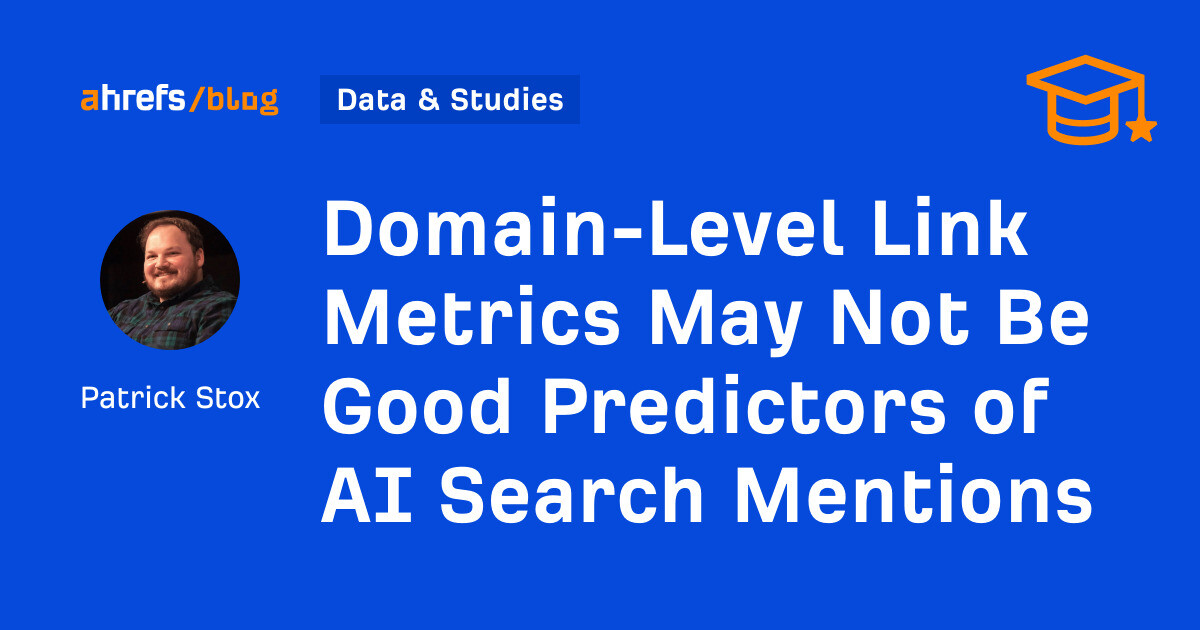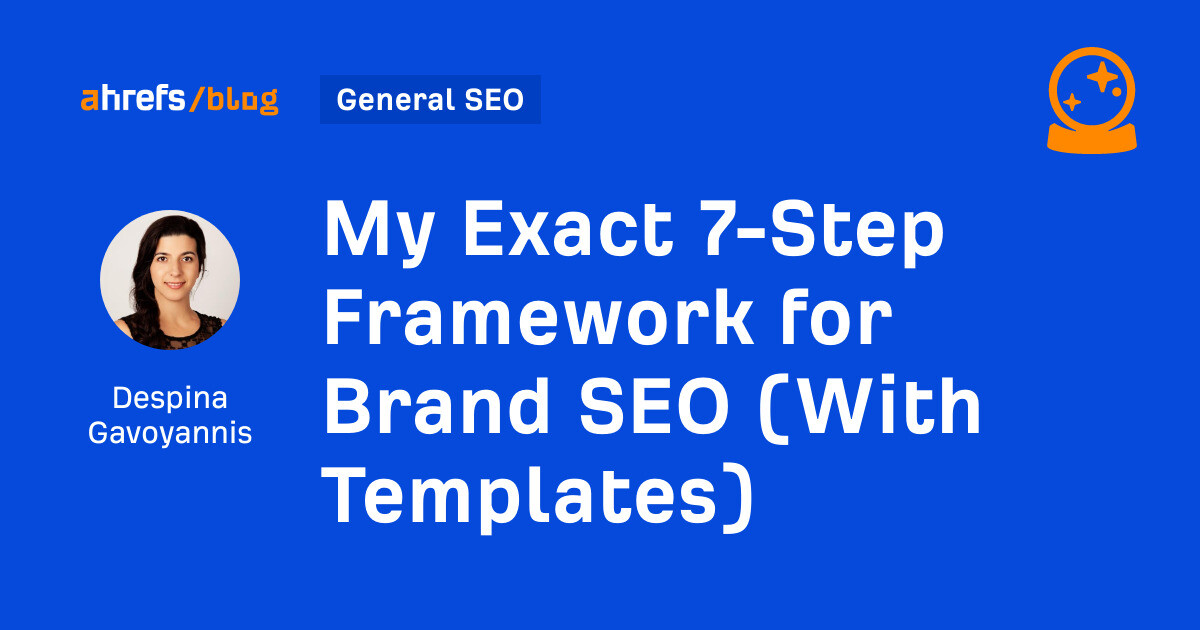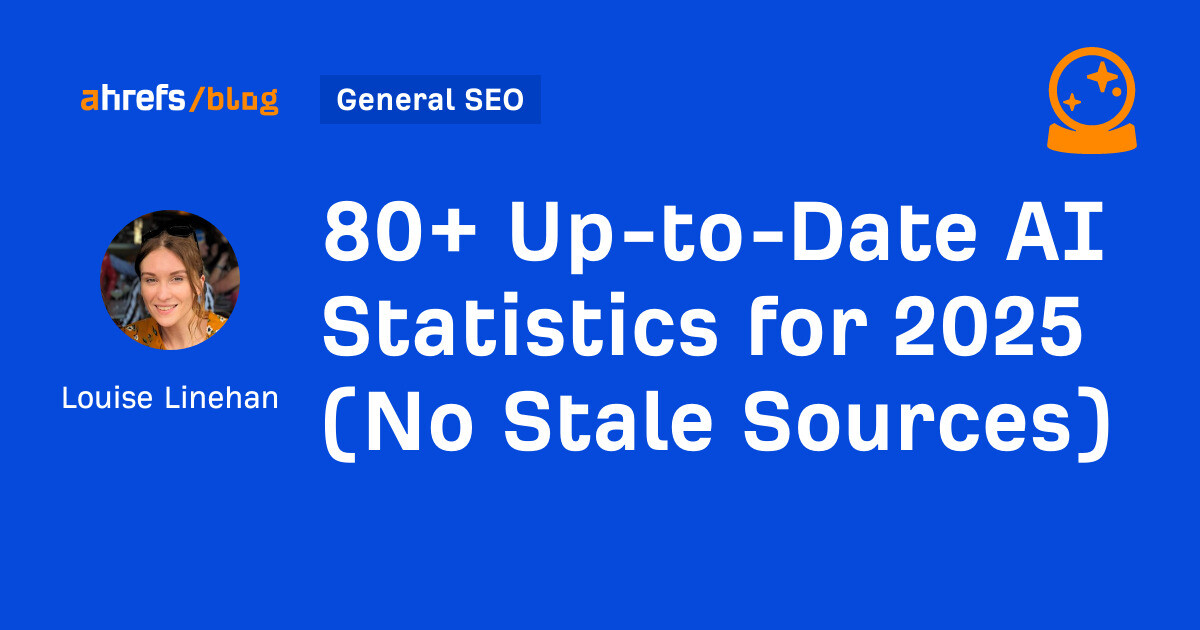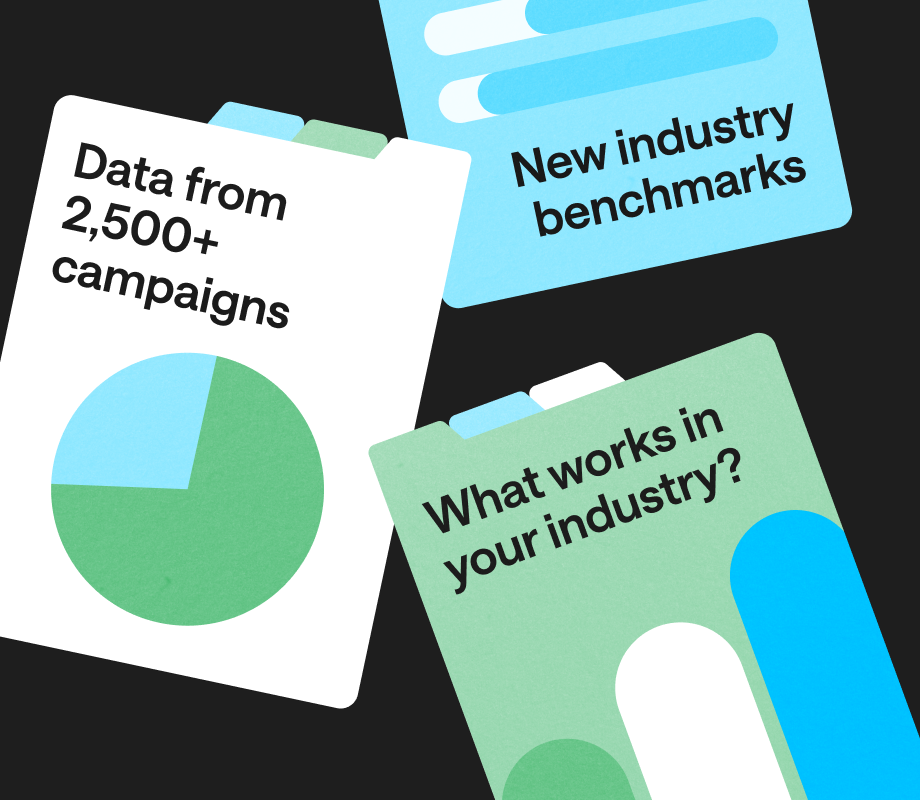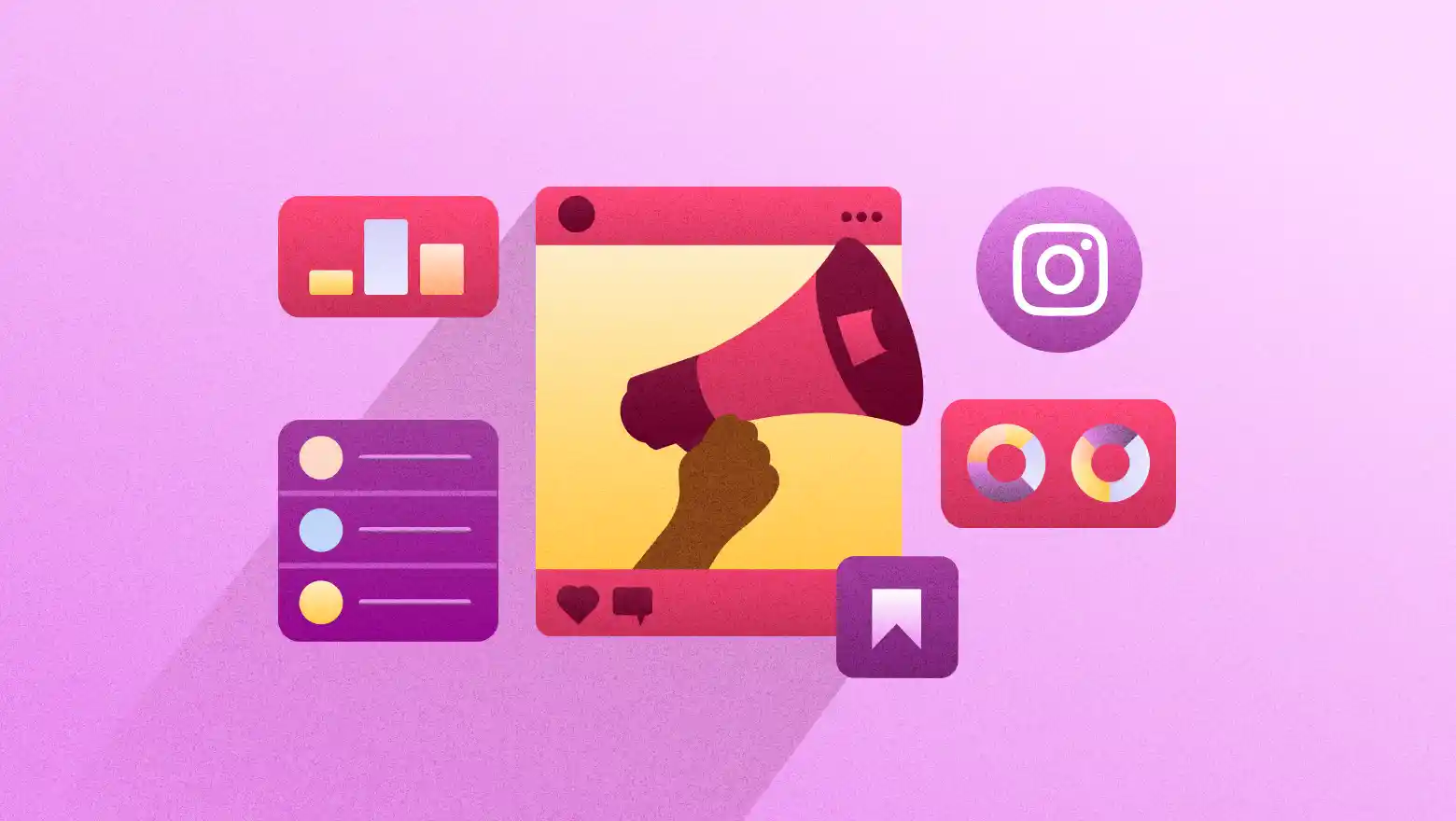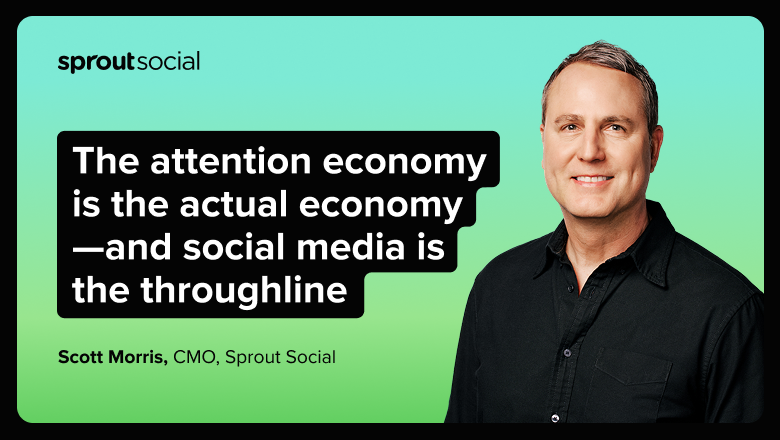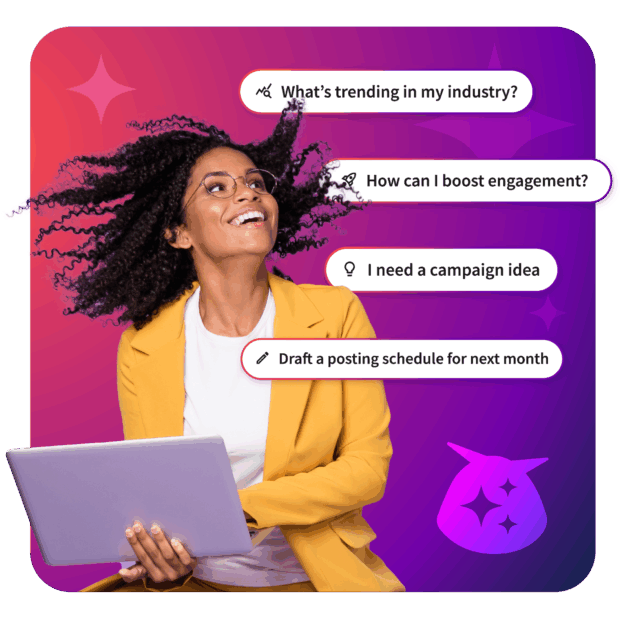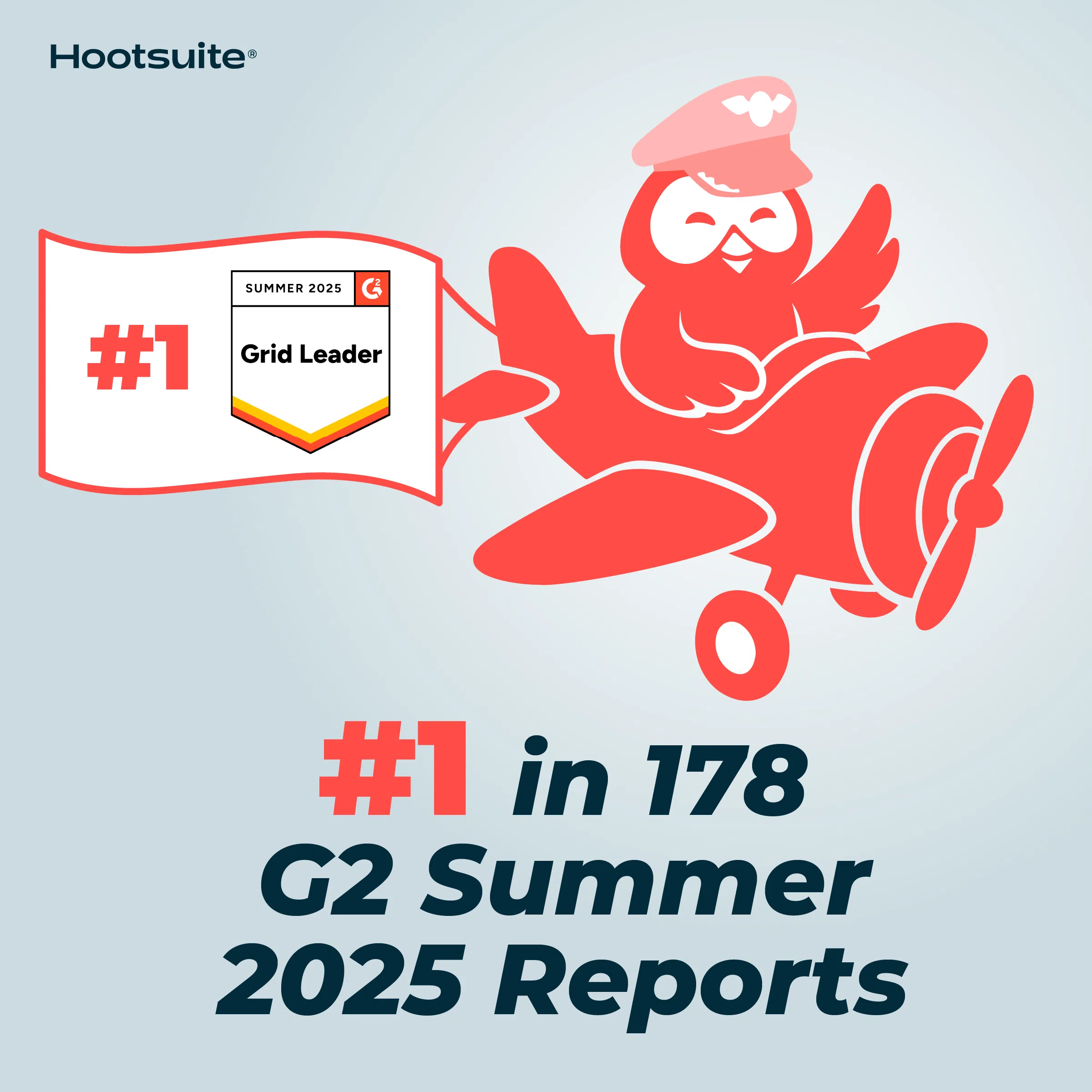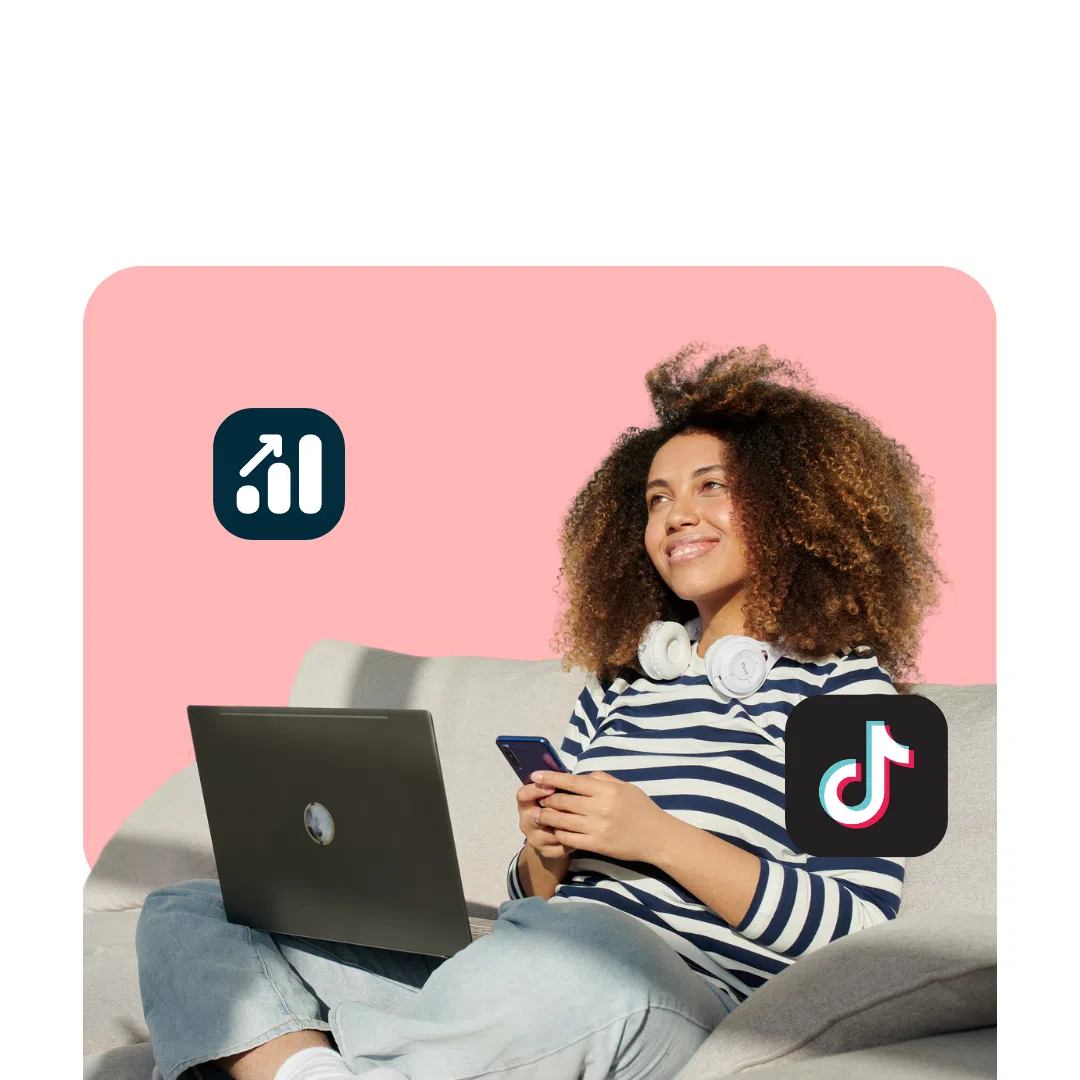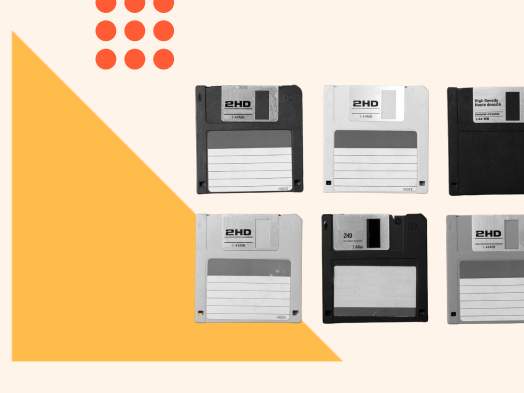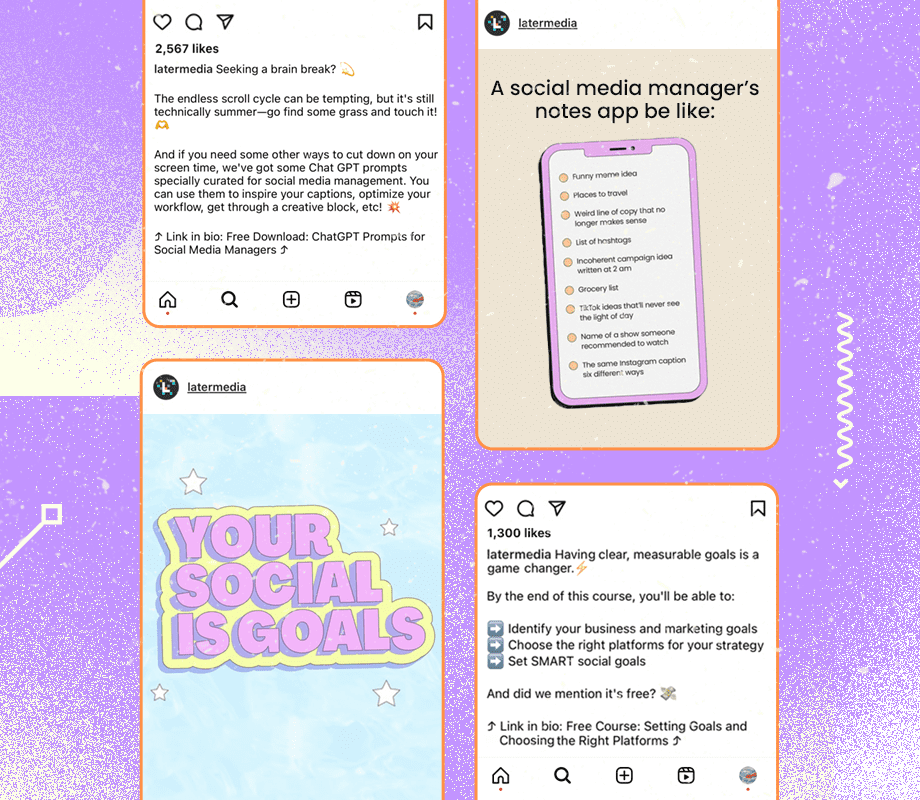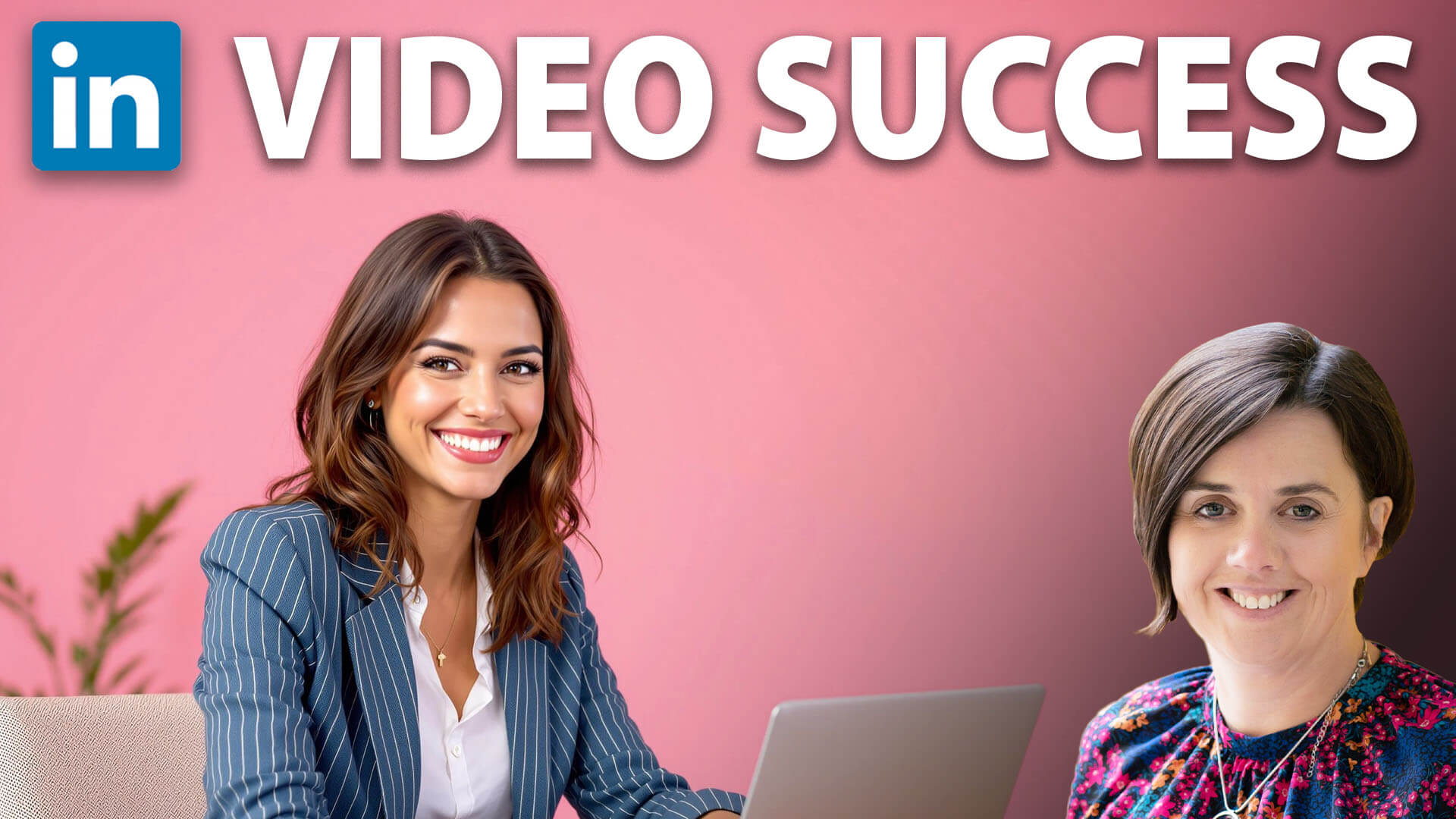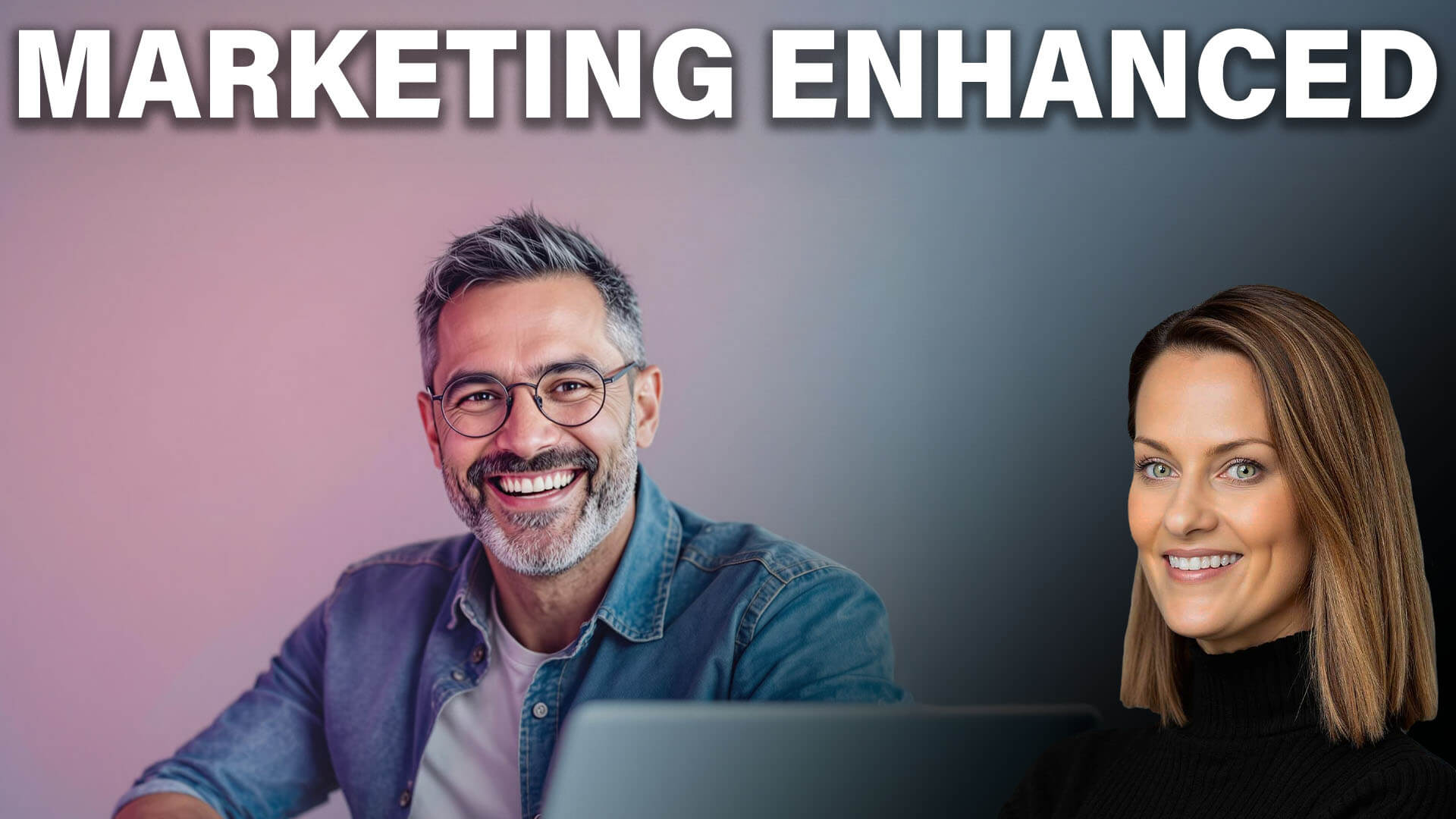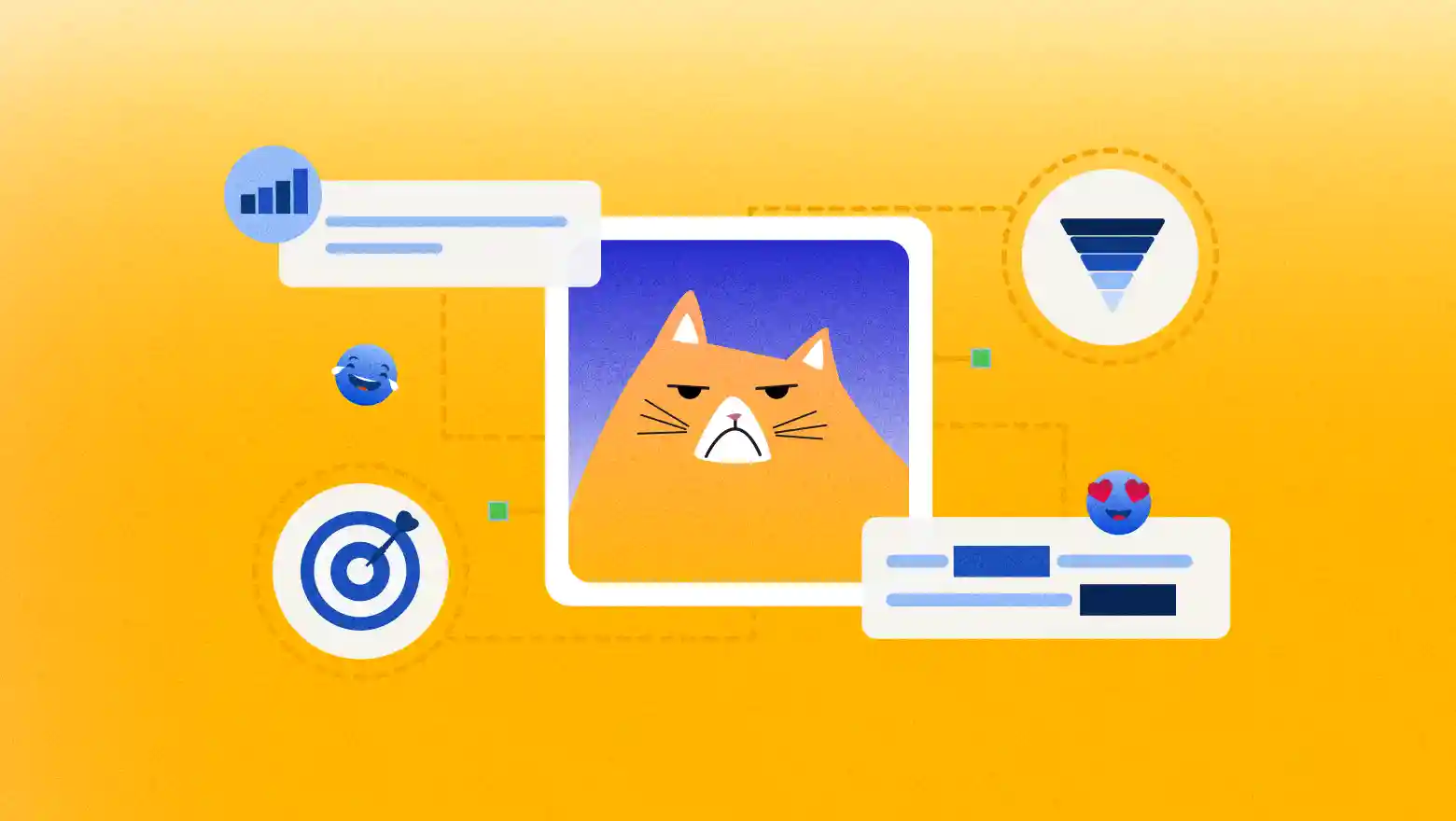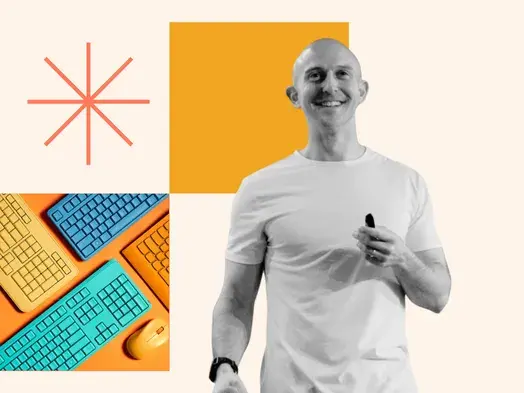How I applied the 95-5 rule to build Gong’s brand from the ground up
When I stepped into my role as head of content at Gong, I didn't come with a decade of marketing experience. I came with a sales background and a whole lot of time spent chasing leads. That experience turned out to be my unfair advantage.

When I stepped into my role as head of content at Gong, I didn't come with a decade of marketing experience. I came with a sales background and a whole lot of time spent chasing leads. That experience turned out to be my unfair advantage.
Here‘s what I knew from the trenches: Most people aren’t ready to buy when you reach out. Most of them don‘t care about your product, at least, not yet. They’re not waking up hoping for another cold email or wondering if they should check out one more demo page. They're busy doing their jobs.
That mental model led me to a question that changed everything. What if we could earn attention before someone was in-market? What if, instead of trying to “capture demand,” we could create it?
That's what we set out to do at Gong. And, we did it by flipping the typical SaaS playbook on its head.
What is the 95-5 rule?
The 95-5 Rule, popularized by the Ehrenberg-Bass Institute, came out a few years later and instantly validated everything we’d been doing.
Here’s what it says: At any given time, only 5% of your total addressable market is actively buying. The other 95% isn’t.
Yet, most marketing teams invest heavily in bottom-funnel, high-intent tactics targeting just that 5%. This approach is shortsighted and easily exhausted.
When I joined Gong, we took a completely different path. For the first year, we were top-of-funnel focused. So, my team had one hard rule: No talking about our product. None. Zero. We wouldn't write about Gong, push features, or create comparison posts. We would leave that to product marketing.
Instead, our mission was to produce the most engaging sales content on the planet. We focused entirely on our audience and their problems, positioning ourselves as peers rather than vendors.
If you’re only marketing to buyers when they’re ready to buy, you’re too late. The real opportunity is to win mindshare with the 95% who aren’t ready yet.
What Gong Did to Make the Most of the 95-5 Rule
So, how do you actually implement this strategy? Here are some practical approaches we used at Gong that are still relevant and effective today.
We got obsessed with knowing our audience.
We made a conscious decision to understand our audience better than anyone else in our category. Not just who they were on paper — job titles, company size, vertical — but how they thought, what they struggled with, and what kept them up at night.
At Gong, our audience was sales reps and sales leaders. And no surprise, their primary focus was hitting quota. So, we started with that goal and worked backward. We mapped the entire journey to that goal, identifying all the barriers along the way:
- Creating pipeline
- Writing effective cold emails
- Making successful cold calls
- Running discovery calls
- Managing demos
Then, we turned that sales process into a content roadmap. We didn’t talk about Gong. We talked about the everyday friction points and pains of being in sales.
We focused on the problem, not the product.
This is where most SaaS companies get stuck. They default to writing about their product. That’s what they know. Because it’s easier to say, “Here’s what we do,” than to say, “Here’s what you’re struggling with — and here’s what might help.”
But our belief was simple: No one cares about your product until they believe you understand their problem.
That meant going deep on the “before” state — the messy, frustrating, day-to-day challenges that reps face. And from there, offering useful, actionable guidance that made people feel seen and supported.
We asked ourselves:
- What are they doing today that’s no longer working?
- What have they accepted as “just the way it is”?
- What assumptions can we challenge with a better way?
For example, most reps accept that a 1% cold email reply rate is normal. So, they send more emails. That’s the “old way.”
We reframed it. What if you could improve your reply rate and actually send fewer emails? That story is instantly more compelling.
Even small details matter. Using insider language signals that you truly understand the audience — it‘s "pipeline," not "pipelines," and "end of quarter," not "end of the quarter." These subtle differences make your content feel like it’s coming from a peer rather than a marketer.
They seem like small things, but they signal insider knowledge. They tell your audience, “We’re one of you.”
Tips for Shifting from Lead Gen to Audience Nurturing

Making the shift from lead gen to audience nurturing is a considerable mindset shift. You have to let go of short-term dopamine hits like MQLs and attribution charts, and start thinking like a media company. Then, ask, “How do we earn attention today to win trust tomorrow?”
Here are five things we did at Gong to build future demand and grow a brand that scaled.
1. Create high-value content that solves real problems.
If you want people to pay attention before they’re ready to buy, you have to help them. You need useful content that solves real, frustrating problems.
We mapped the buyer’s journey and zoomed in on all the micro-pain points along the way. Each one became a chance to create something helpful:
- How to write a better cold email.
- How to run a discovery call that doesn’t feel like an interrogation.
- How to handle pricing questions without fumbling the deal.
These weren’t feature pages in disguise. They were standalone, high-signal resources, and we often didn’t even mention our product.
Why? Because we weren’t trying to sell. We were trying to earn trust.
To do this well, you need subject matter expertise, either your own or from someone in your organization.
- What’s really hard about this part of the job?
- What do people get wrong about it?
- What’s the advice you wish you’d gotten a year ago?
Use that as your starting point. And make your content feel like it came from a practitioner, not a product marketer.
2. Use storytelling to create emotional resonance.
One of our flagship content series was Gong Labs — our original data-backed research about different aspects of the sales process. But rather than just presenting information, we focused on making it emotionally resonant.


This is something I see a lot of B2B companies fail at because they want to sound like the smartest in the room. A lot of the content comes across as too information, too dry, and it’s not engaging or memorable.
So instead, we took a page from Hollywood and used a screenwriting technique called “in medias res,” which drops the reader directly into the middle of a story. Instead of starting with “Here's what the data says,” we'd begin with a relatable, high-tension scenario.
- You‘re five minutes into a discovery call. Your buyer’s on mute. You‘re scrambling through slides wondering if anyone’s even listening...
Then we'd pose the question, “Should you even be using slides at all?”
This approach hooks readers immediately and creates an emotional connection before delivering the data. It makes your content memorable in a way that purely informational content can't match.
3. Show up consistently across multiple channels.
This one comes from my (short-lived) teaching career: People learn differently. Some prefer reading. Some prefer listening. Some need to see it.
Marketing is no different.
That’s why we showed up across formats:
- LinkedIn posts and blog articles for readers
- Podcasts for audio-first folks
- Webinars and short videos for visual learners
This approach had two benefits:
- We reached more people by diversifying formats.
- Our biggest fans (we called them raving fans) consumed content across multiple channels, deepening their connection with our brand.
Not only did this help us build a loyal audience, but it also made sure that we didn’t have any weak spots in our content based on when and where you engage with us.
4. Measure success like a brand, not just a funnel.
Measuring brand impact can be challenging, but that doesn‘t mean you shouldn’t try. Instead of obsessing over last-touch attribution, we tracked:
- Audience growth: LinkedIn followers, podcast downloads, newsletter subscribers
- Direct web traffic: People typing our URL directly (a clear sign of brand recall)
- Inbound opportunities: Deals that came to us without us chasing them
This approach requires documenting your strategy clearly: who you‘re helping, what problems you’re solving, where you‘re showing up, and how you’re measuring progress.
5. Get buy-in to play the long game.
When stakeholders push back with questions like, “Is LinkedIn too saturated?” or, “Does anyone still read email?” I flip it around: “When you're looking for new ideas or products, where do you go?”
The answer is almost always their network, LinkedIn, newsletters, and podcasts — exactly where your buyers are already spending time.
If you’re going to get buy-in, you need a documented strategy. You need to clearly define:
- Who you’re helping
- What problems you’re solving and your impact on strategic priorities
- Where you’re showing up
- How you’re measuring progress
That becomes your armor when the “What’s the ROI?” questions roll in.
Create Gravity, Not Just Leads
Most marketers are fighting for scraps: The 5% of people already in the market. But if you play the long game and invest in the 95%, you can build something better: a brand that earns attention before there’s ever a sales conversation.
At Gong, this approach helped us grow our LinkedIn from 12,000 to over 220,000 followers. Our podcast crossed 100,000 downloads in the first 18 months. Webinar registrations jumped from 500 to over 2,500. And we saw email open rates hit 28%, with consistent inbound pipeline that aided and accelerated our sales outbound efforts.
But the qualitative shift was even more significant:
- Sales reps telling us they used our content in onboarding
- Leaders mentioning that our material was constantly shared in their Slack channels
- Buyers showing up to demos already believing we could help them
That’s the magic of mindshare. It turns your marketing from an interruption into a pull. From a transaction into a relationship. From “Who are you again?” to “We’ve been following you for a while.”
And when urgency strikes or when someone’s boss says, “We need a new sales tool,” or “Let’s rethink our strategy,” you’re the first name they remember.
That’s not luck. That’s brand.
So if you’re tired of chasing leads, maybe it’s time to flip the script. Build content that helps. Show up consistently. Speak to the 95%.
![]()













_1.jpg)


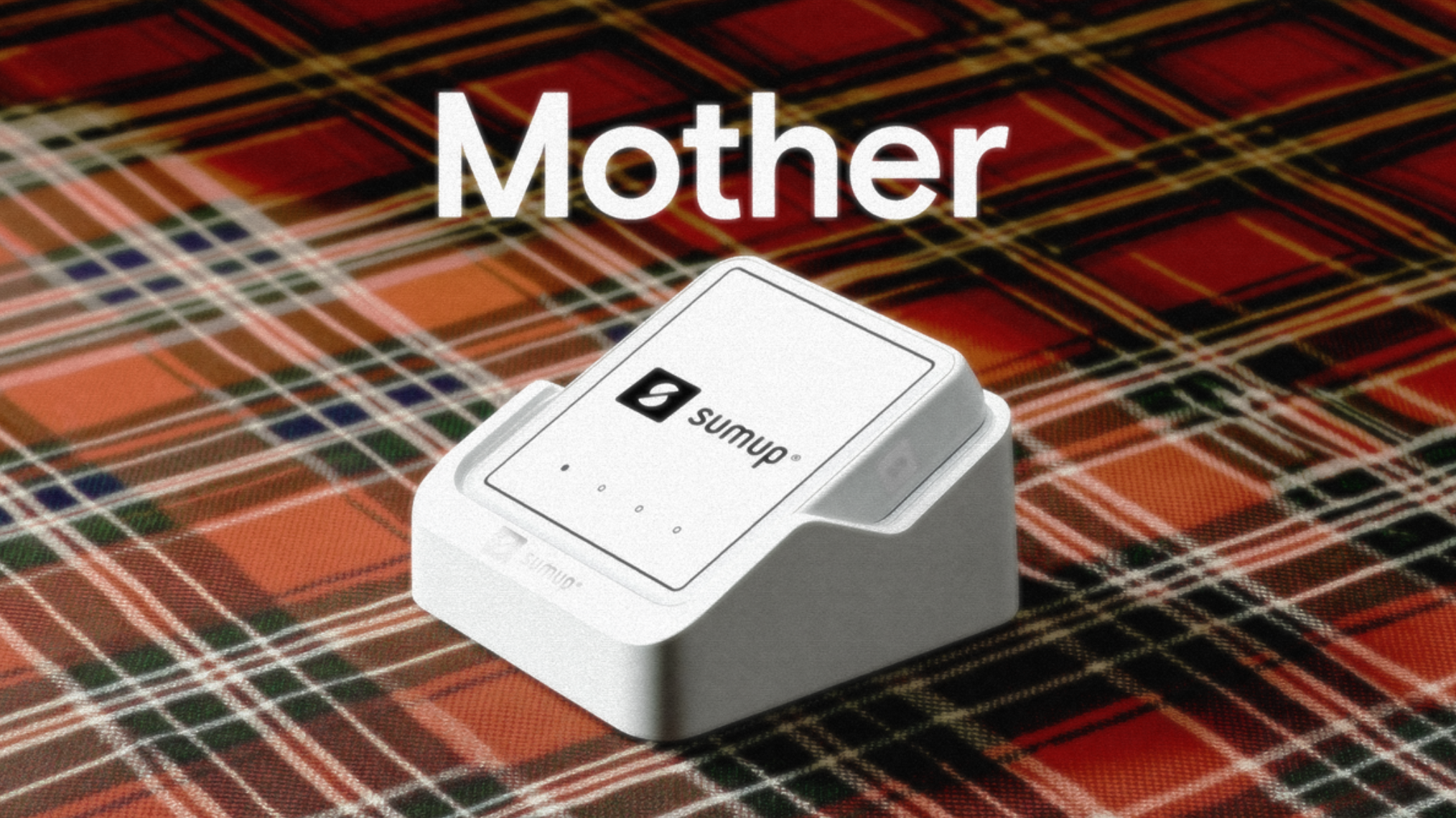




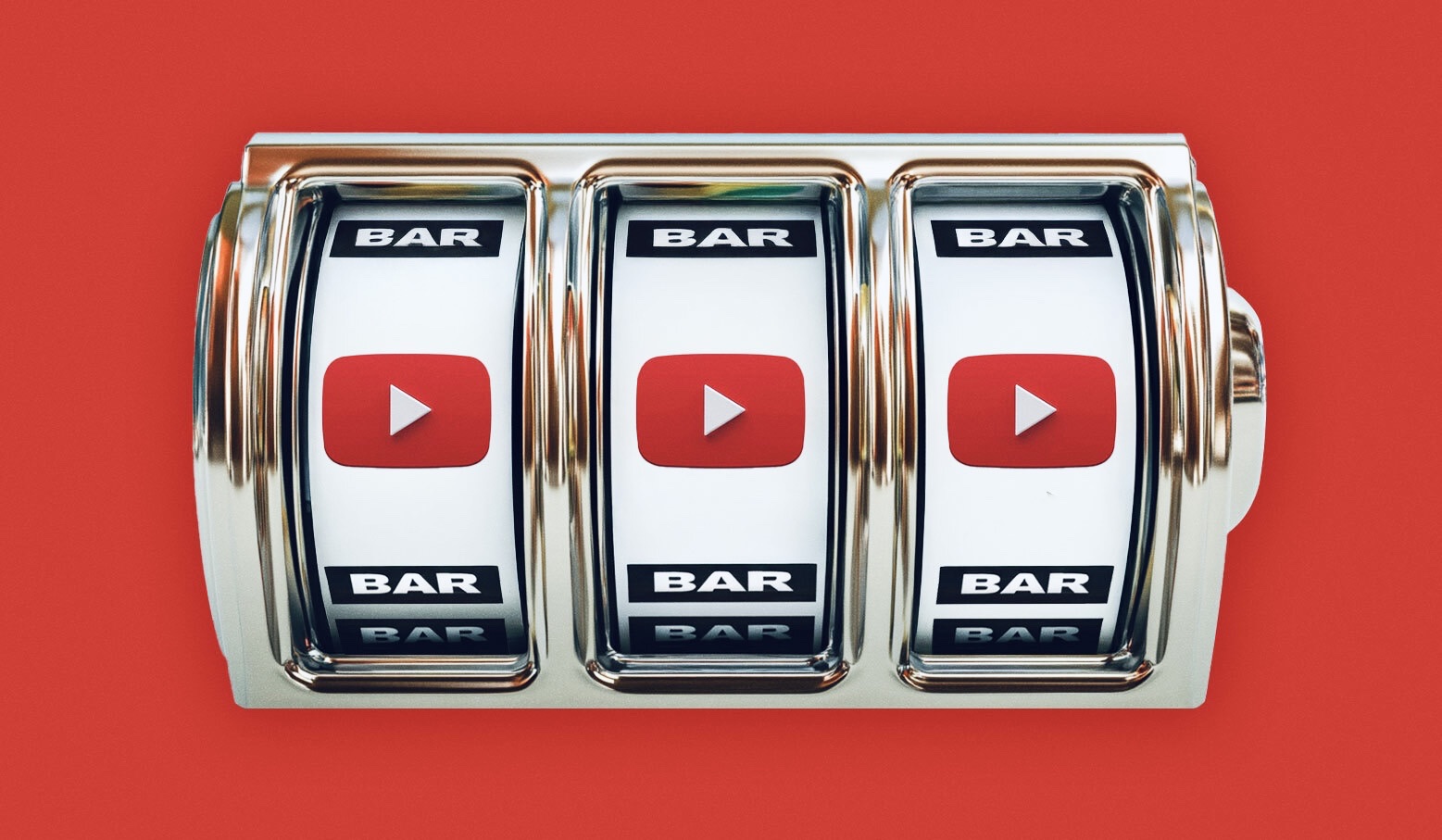

![How To Drive More Conversions With Fewer Clicks [MozCon 2025 Speaker Series]](https://moz.com/images/blog/banners/Mozcon2025_SpeakerBlogHeader_1180x400_RebeccaJackson_London.png?auto=compress,format&fit=crop&dm=1750097440&s=282171eb79ac511caa72821d69580a6e#)

![Brand and SEO Sitting on a Tree: K-I-S-S-I-N-G [Mozcon 2025 Speaker Series]](https://moz.com/images/blog/banners/Mozcon2025_SpeakerBlogHeader_1180x400_LidiaInfante_London.png?auto=compress,format&fit=crop&dm=1749465874&s=56275e60eb1f4363767c42d318c4ef4a#)

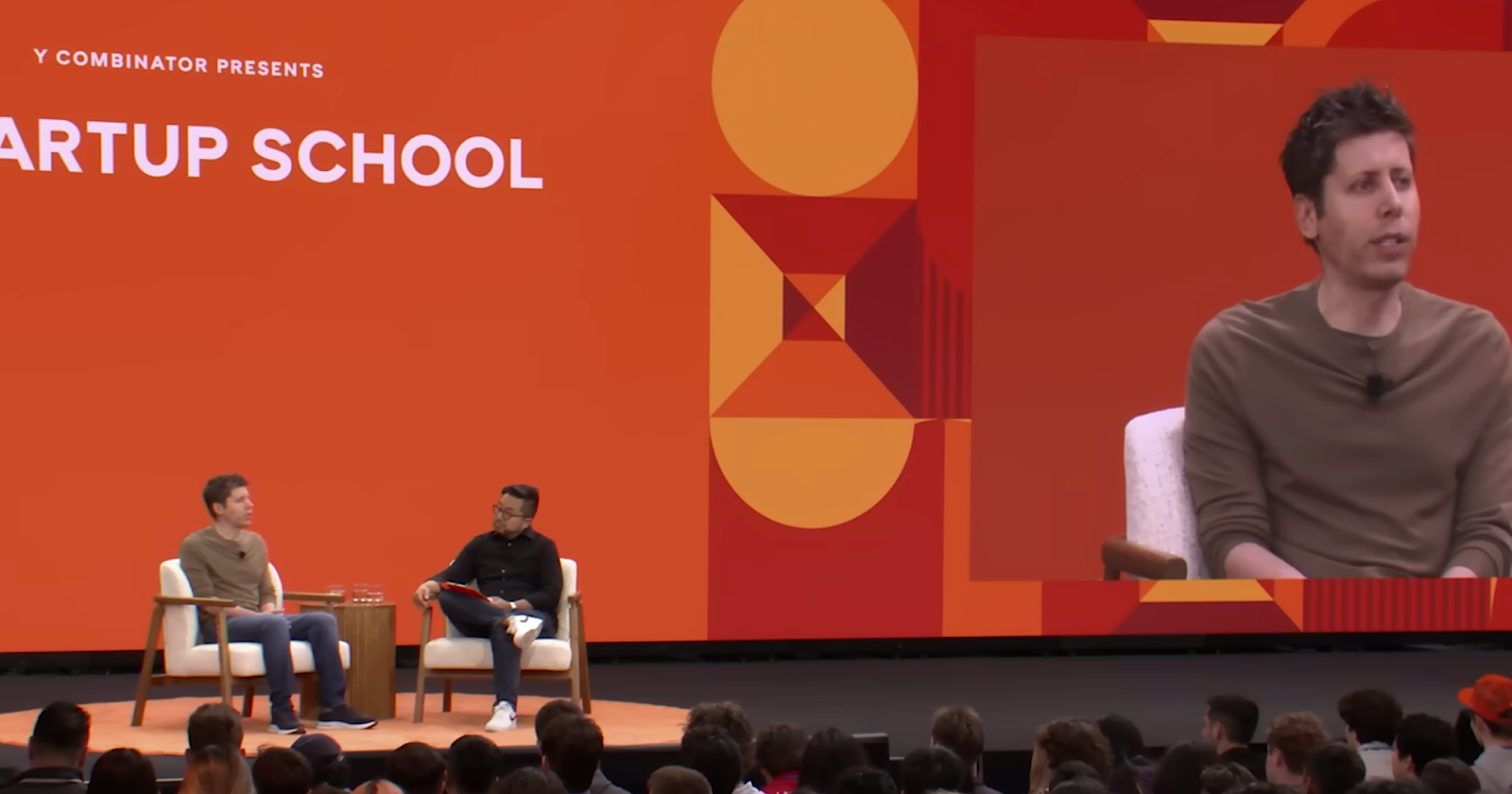

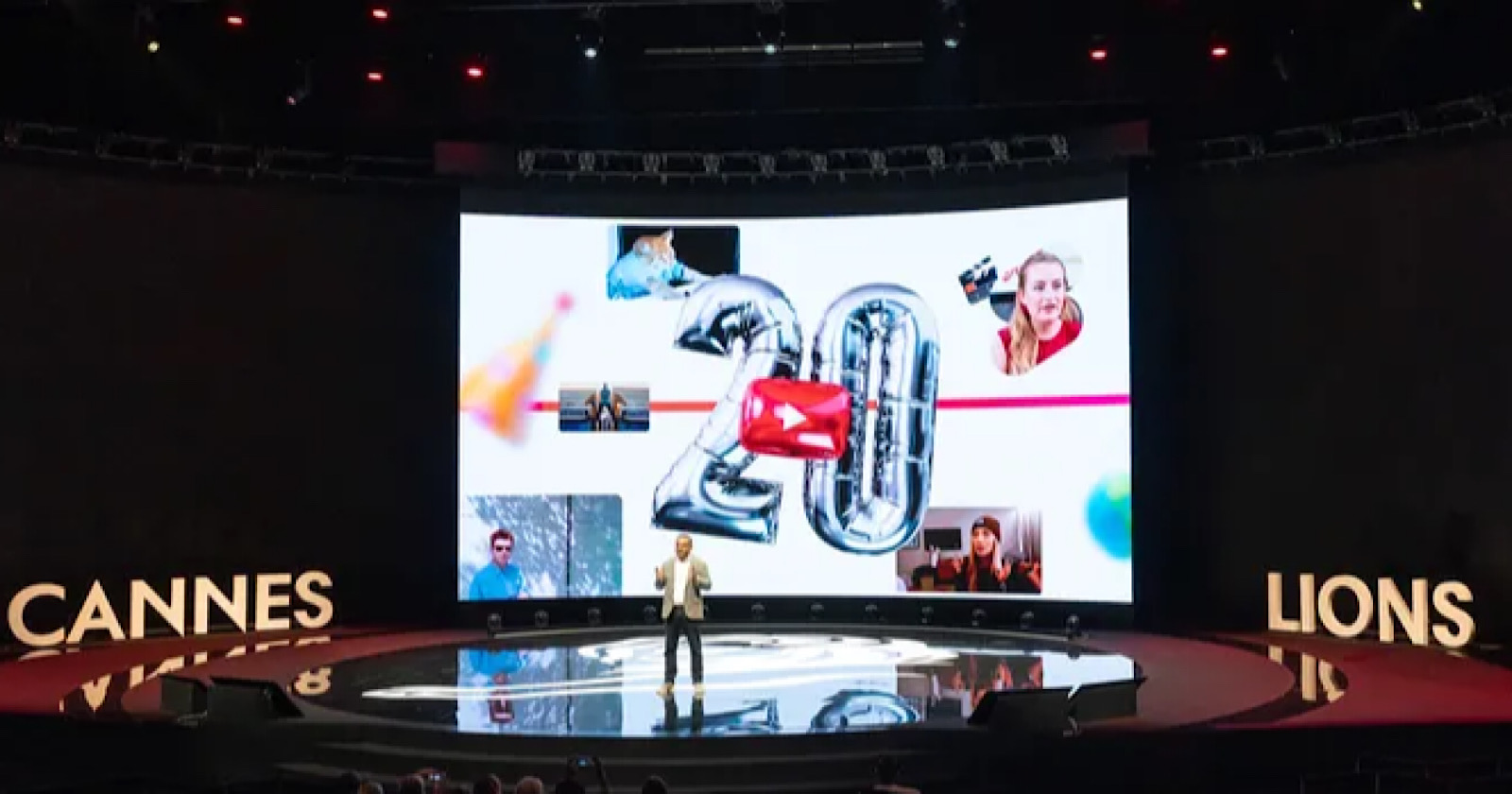





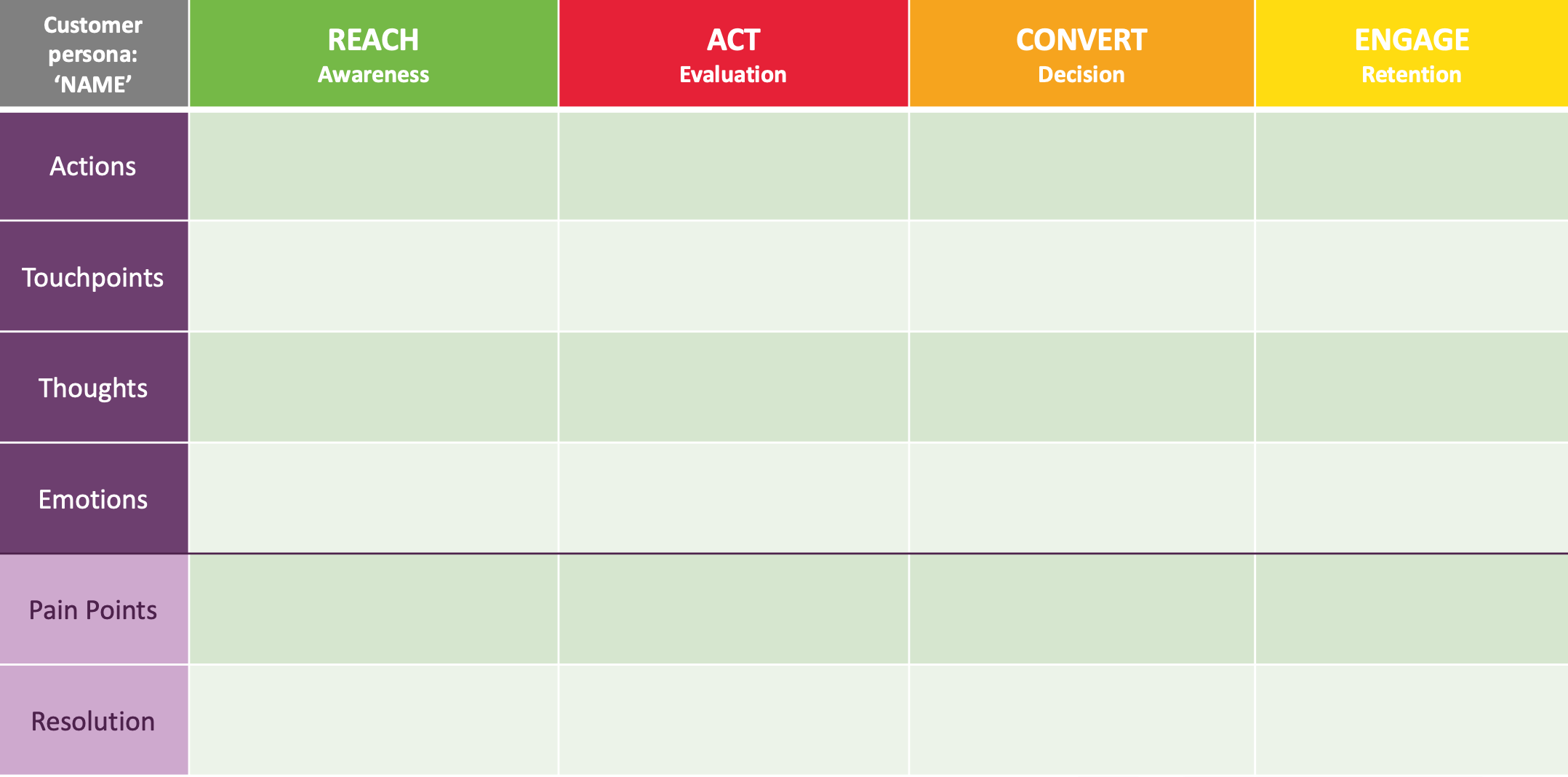















![The 11 Best Landing Page Builder Software Tools [2025]](https://www.growthmarketingpro.com/wp-content/uploads/2024/04/best-landing-page-software-hero-image-1024x618.png?#)



































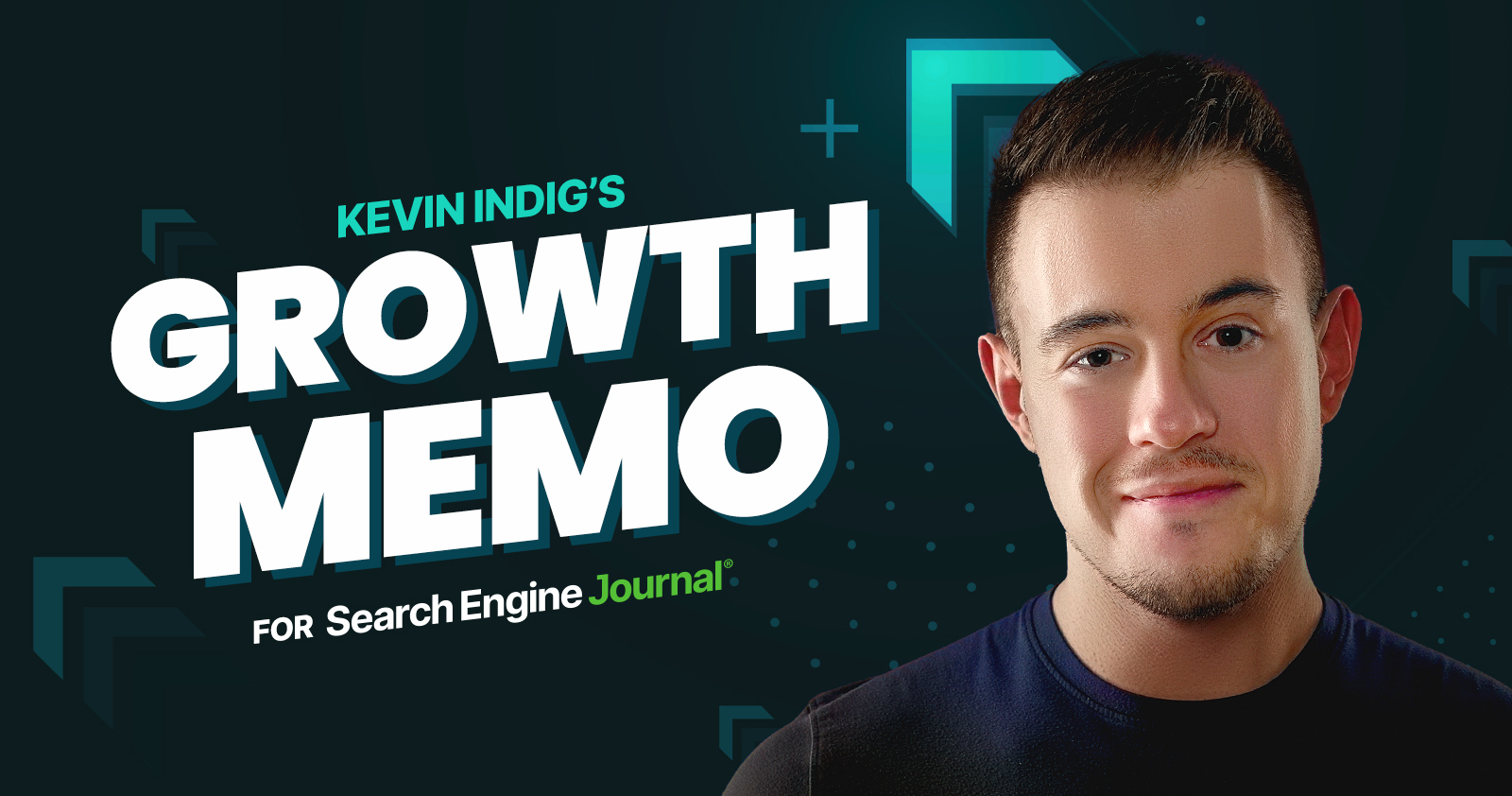
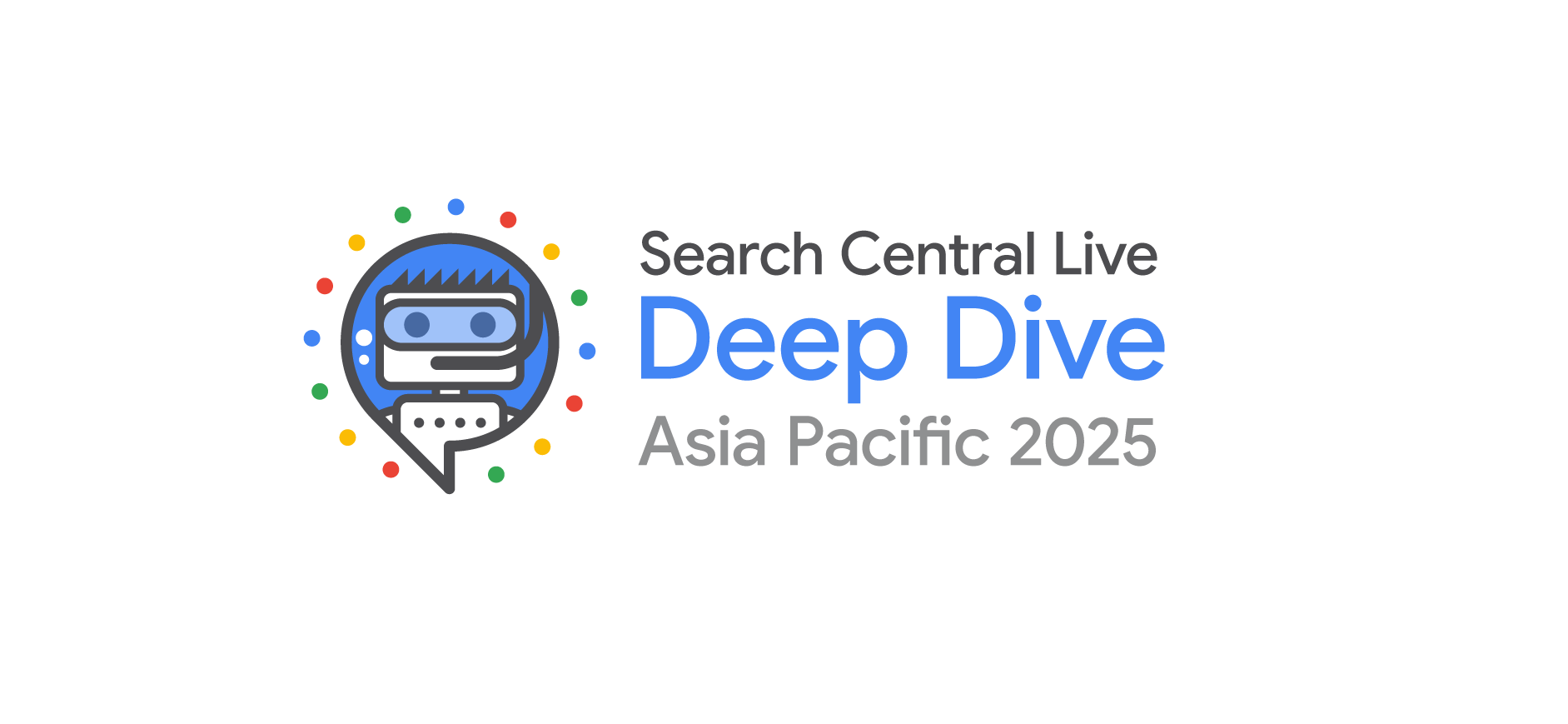


![How to Create an SEO Forecast [Free Template Included] — Whiteboard Friday](https://moz.com/images/blog/banners/WBF-SEOForecasting-Blog_Header.png?auto=compress,format&fit=crop&dm=1694010279&s=318ed1d453ed4f230e8e4b50ecee5417#)




![What Is a Markup Language? [+ 7 Examples]](https://static.semrush.com/blog/uploads/media/82/c8/82c85ebca40c95d539cf4b766c9b98f8/markup-language-sm.png)



